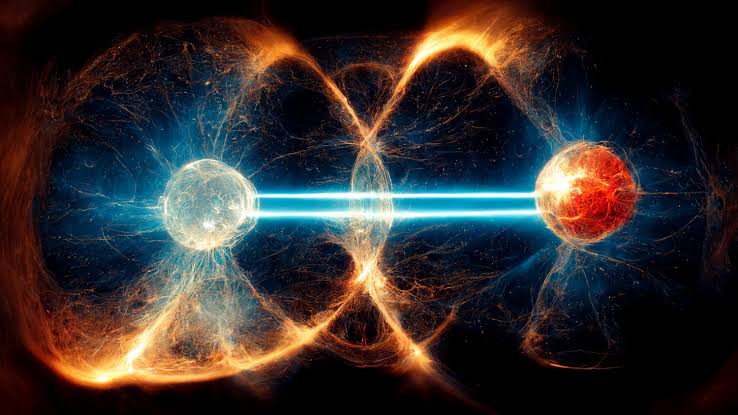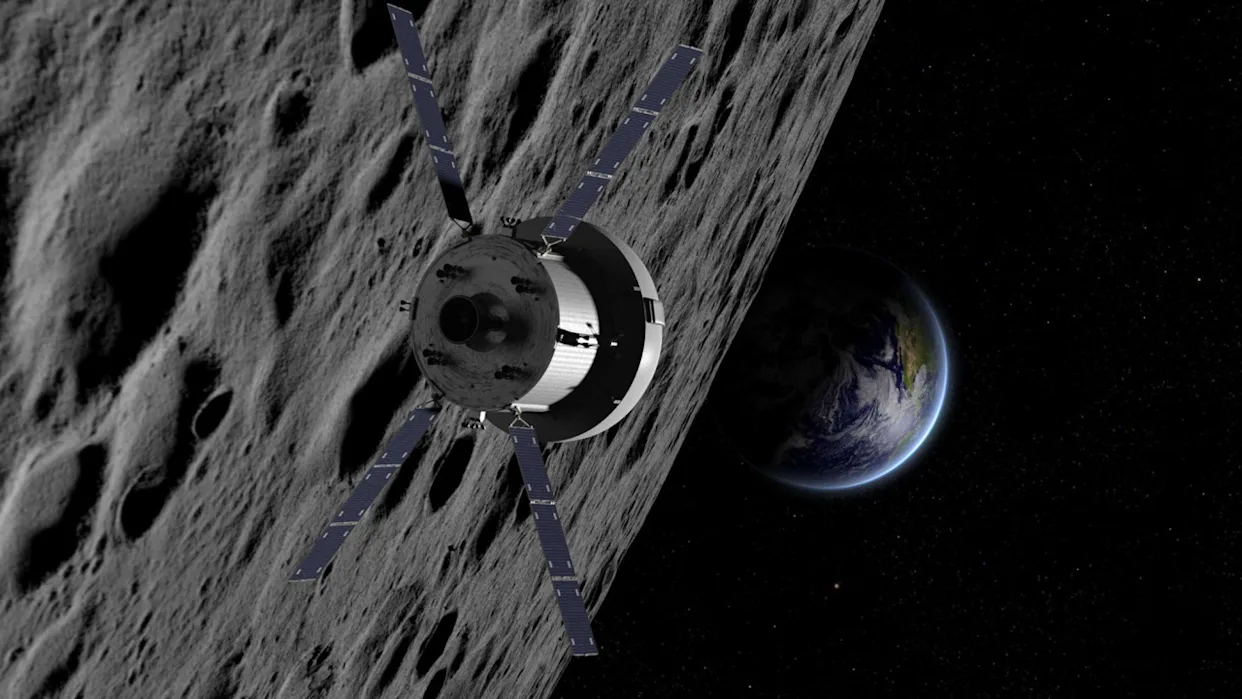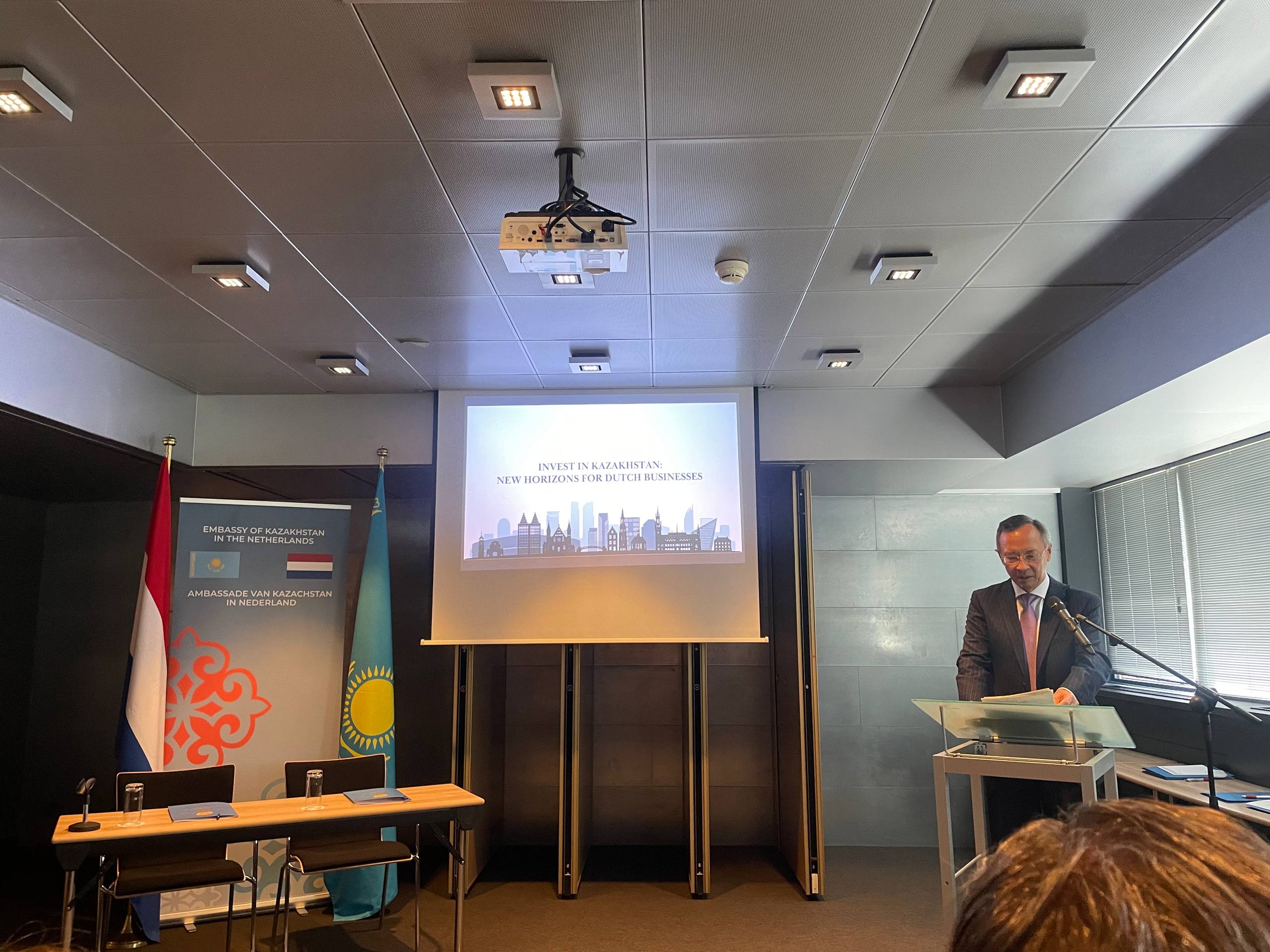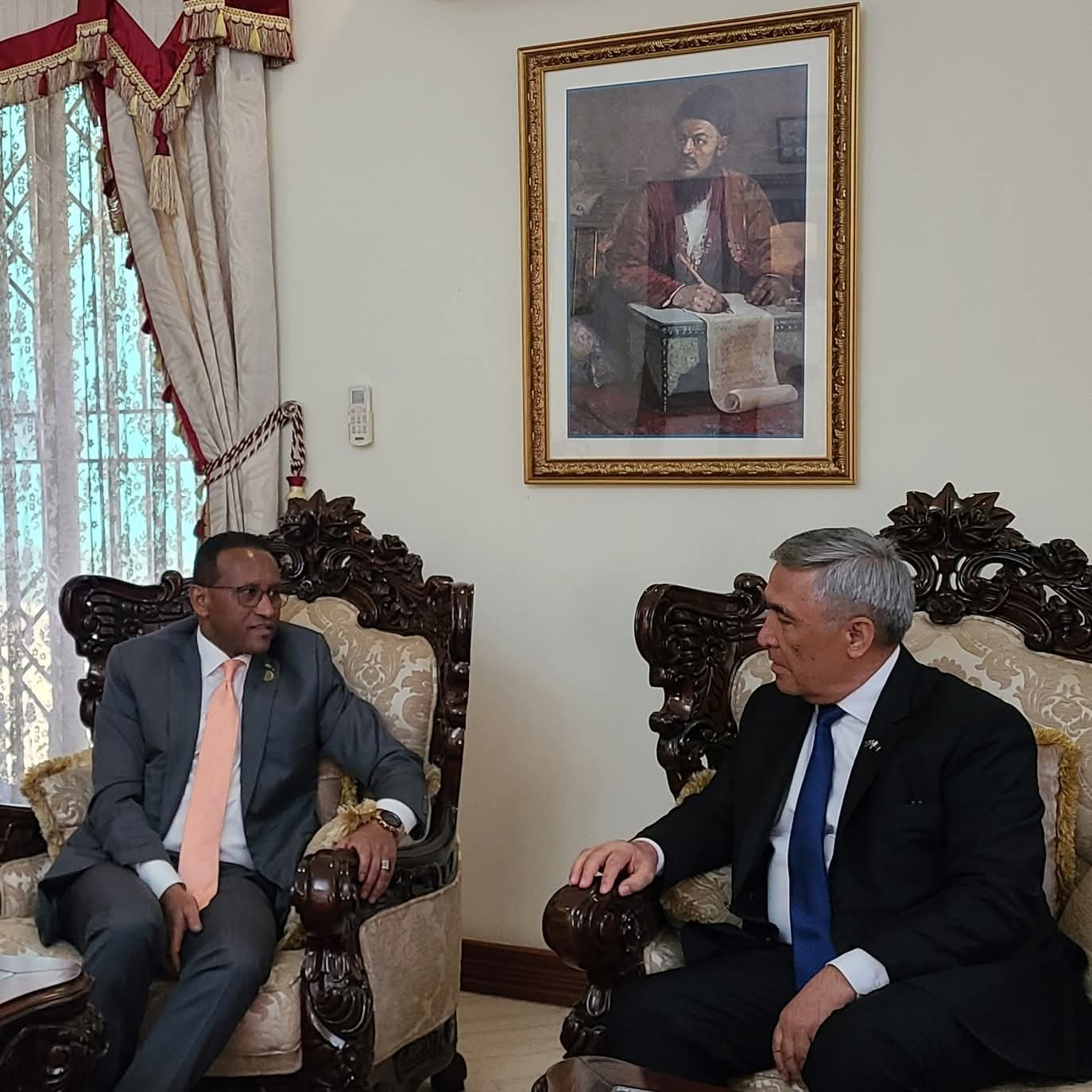The measurement of Earth’s rotation using entangled quantum particles represents a significant leap in both experimental physics and our understanding of the quantum-gravity interface. This innovative approach leverages the peculiar properties of quantum mechanics to provide insights that were previously unattainable with classical methods.
The Quantum Interferometer Technique
At the core of this breakthrough is the quantum interferometer, a device that manipulates pairs of entangled photons. Entanglement is a unique quantum phenomenon where particles become interconnected, such that the state of one particle directly influences the state of the other, regardless of the distance separating them. This intrinsic link was utilized to ensure that the photons took the same path within the interferometer, creating a condition of superposition where they traveled both clockwise and counterclockwise simultaneously.
Impact of Earth’s Rotation
Earth’s rotation caused a subtle but measurable difference in the distances traveled by the photons along their superposed paths. This difference led to a phase shift between the two components of the photons’ wave functions, resulting in quantum interference patterns. By analyzing these interference patterns, scientists could infer the rotation speed of the Earth. Remarkably, the inferred speed aligned with the known rate of Earth’s rotation, validating this novel quantum measurement technique.
Implications for Physics
This experiment is not merely a technical achievement; it is a pioneering step towards addressing one of the most profound questions in modern physics: how quantum mechanics, which governs the behavior of the smallest particles in the universe, integrates with general relativity, the theory describing gravitational forces at large scales.
Quantum physics operates on principles that are fundamentally different from those of classical physics and relativity. While general relativity provides an excellent description of gravitational phenomena, it does not incorporate the probabilistic and wave-particle duality aspects of quantum mechanics. Conversely, quantum mechanics does not account for the curvature of spacetime induced by gravity.
Future Directions
Physicist Haocun Yu and colleagues from the University of Vienna view this experiment as a precursor to more ambitious studies aimed at probing the quantum-gravity interface. Future experiments will likely involve scaling up the current setup to test more complex scenarios and refine our understanding of how quantum phenomena interact with gravitational effects.
Such research could lead to groundbreaking discoveries, potentially paving the way for a unified theory that seamlessly blends quantum mechanics and general relativity. This is often referred to as the “holy grail” of physics, as it would offer a comprehensive framework for understanding the universe’s fundamental forces and particles.
Conclusion
The use of entangled photons to measure Earth’s rotation is a pioneering endeavor that exemplifies the power of quantum mechanics to address classical problems in novel ways. It marks a significant step towards exploring the mysterious interface between quantum physics and gravity, promising exciting developments in our quest to unravel the deeper workings of the universe. This innovative approach not only demonstrates the feasibility of using quantum phenomena for practical measurements but also opens new avenues for investigating some of the most profound questions in physics.














